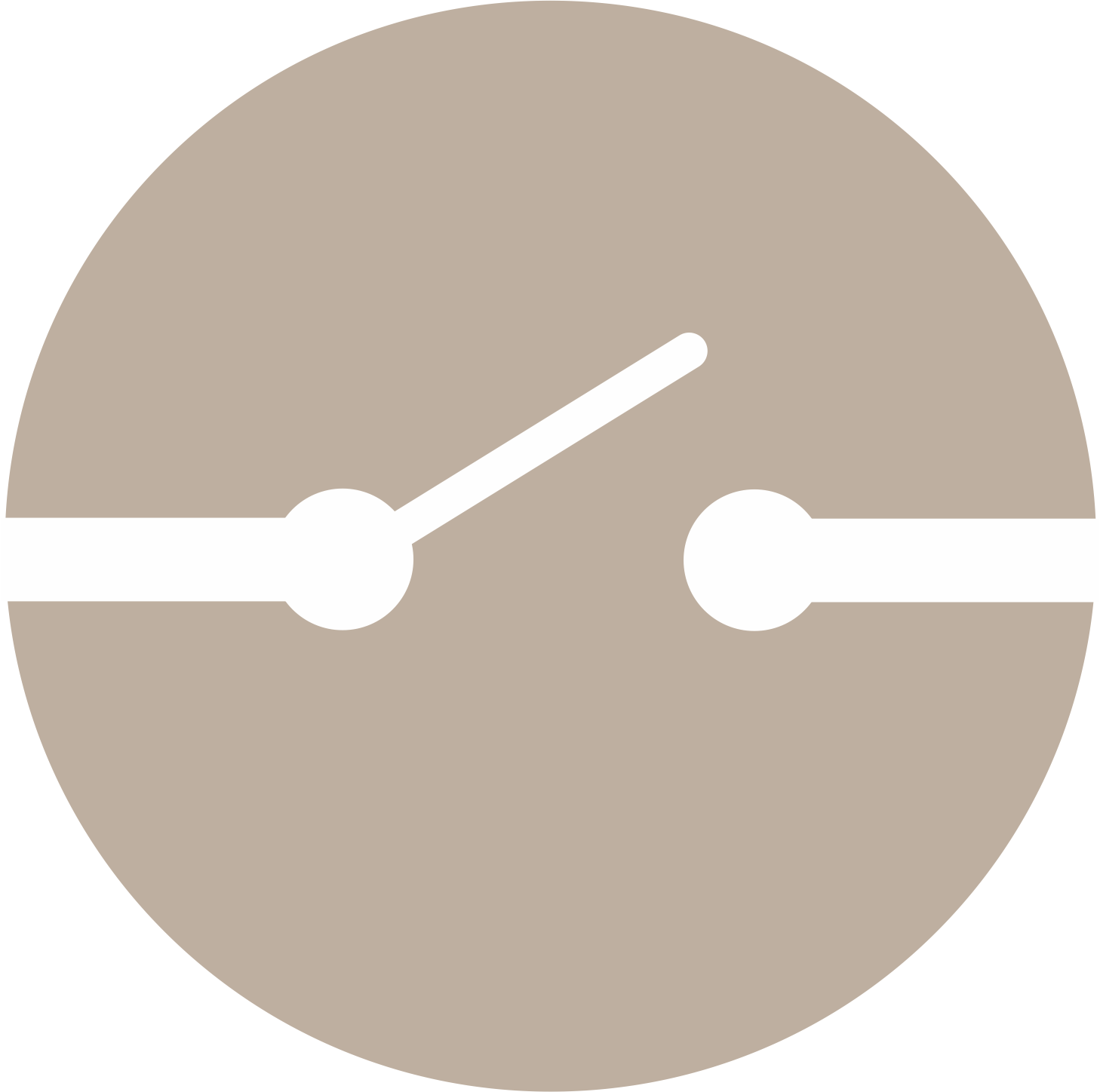Costumes for "Cinderella" by Charles Perrault
Demonstration carried out at FA-ULisboa in 2018
Staging by David Silva. With Sónia Baptista, André Tavares, Ana Constantino and Mariana Montenegro. Manufactured by Maks Tatiana.
The project involved participatory design practices with actors and a director, re-evaluating the role of the designer as co-creator of the staging, in return.
The costume design promoted the performative experience, making use of functional textile technologies as tools to shape and generate the narrative through storytelling, namely prints with fluorescent, photoluminescent and photochromic dyes, optically brightened materials, laser cut, LED’s and electroluminescent wire.
The contribution of costumes to the emotional field was highlighted, with costumes dematerializing the body into an individual and cognitive co-experience, framed by sociological aspects and including the interaction and immersion with the environment.
A new version of Cinderella was proposed, inspired by the ancient Chinese and Greek versions, the dance outdoor routine of the contemporary inhabitants of Shanghai and the legend of Hydra of Lerna, being the multi-headed serpent represented by a three headed monster costume for the Stepmother and her daughters.
Dance moments celebrated both the encounter and reunion between Cinderella and the Prince, with the presence of shoes that glowed only with her feet. There were four scenes: Cinderella asks the Bird for help; the Fairy Godmother advises Cinderella to wear the curtain to the ball; Cinderella goes to the ball; the Prince finds Cinderella and they dance happily ever after.


